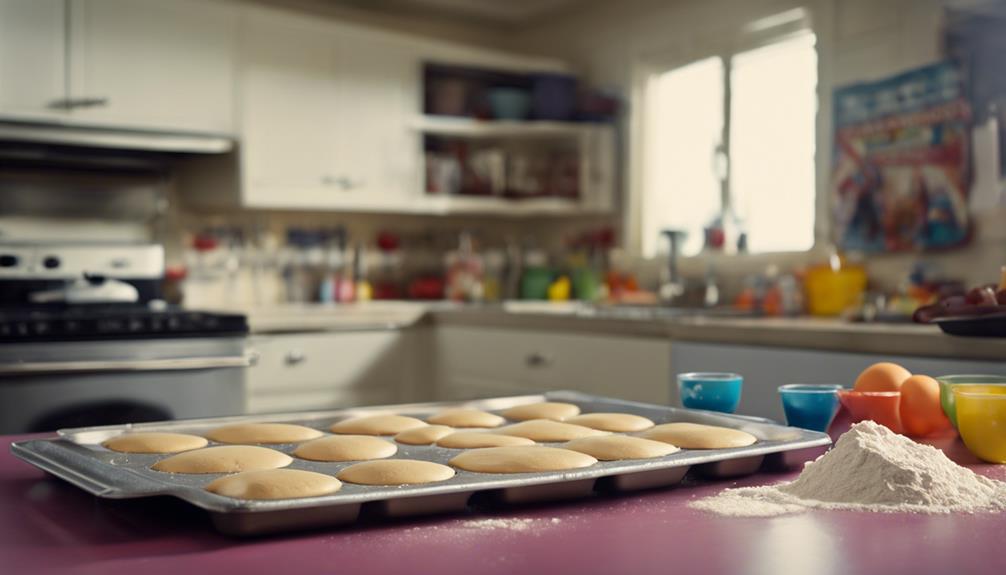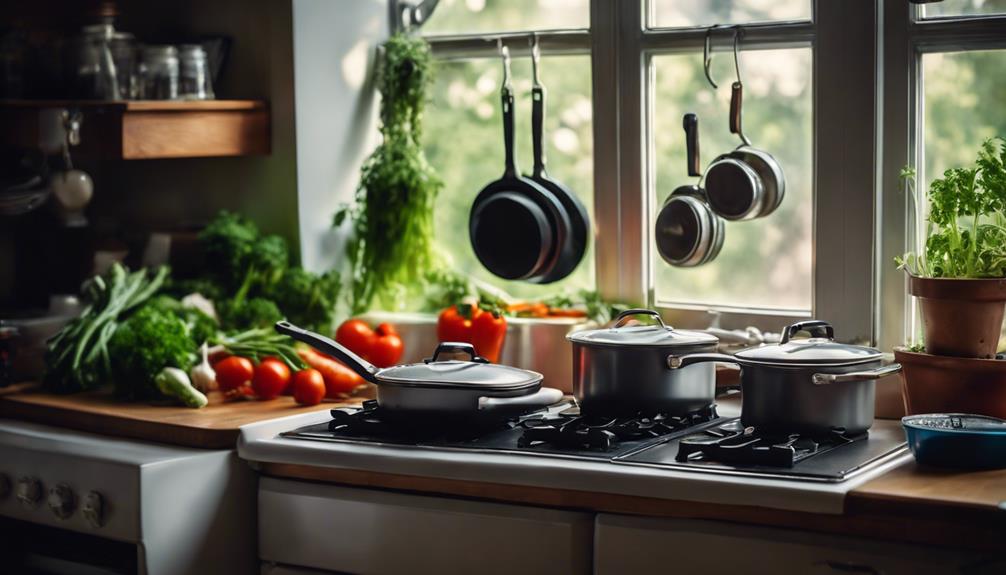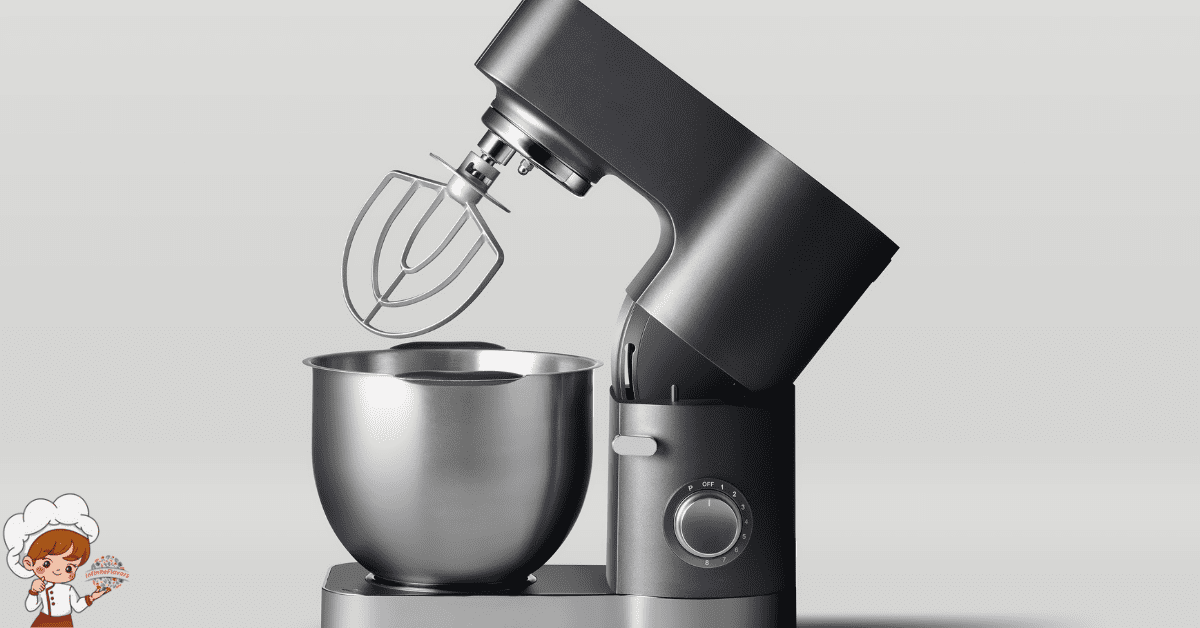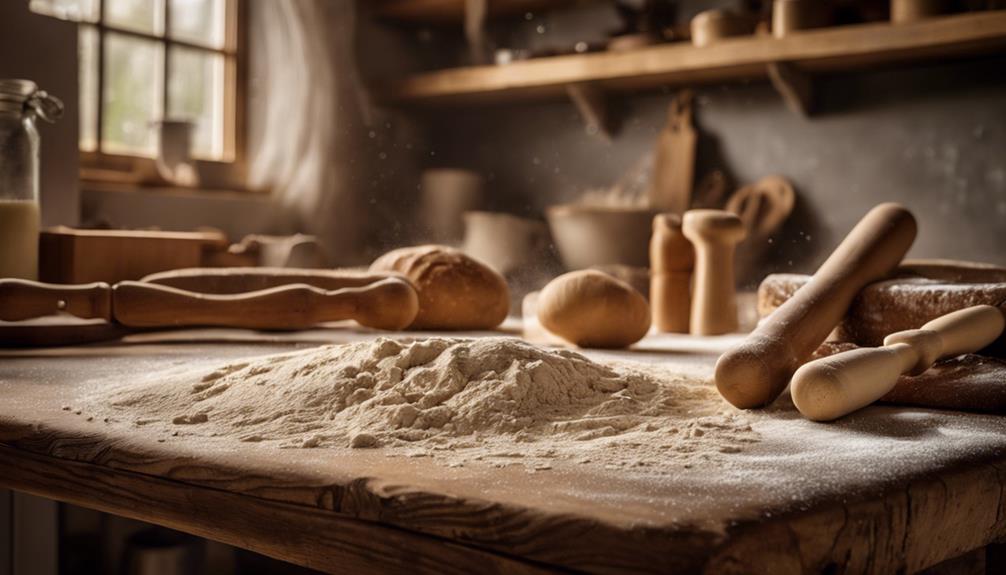The Best Cast Iron Skillet For Making Pizza
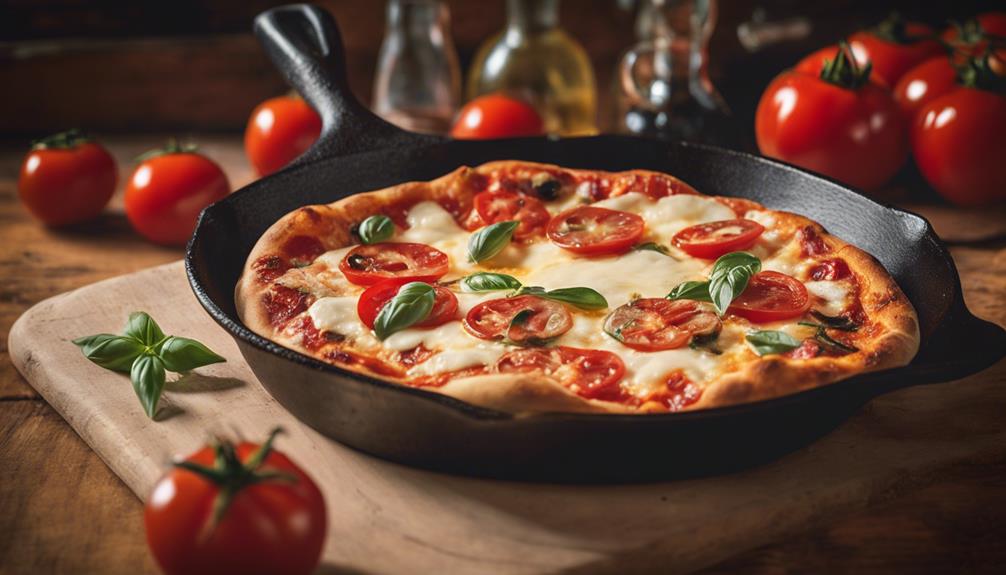
Cast Iron Skillet For Making Pizza; A cast iron skillet is your best friend for making pizza at home. It offers excellent heat retention, ensuring a crispy crust and evenly cooked toppings. You can choose the right size skillet based on your pizza preferences, whether it’s a personal pie or a family feast. Preheat it properly to achieve that golden-brown crust you’re after. Experiment with various doughs and sauces to find your favorite combination. Don’t forget to keep your skillet well-seasoned for ideal results. There’s so much more to explore about making the perfect pizza—let’s uncover those tips next!
Click Here To Shop For The Best Cast Iron Skillet For Making Pizza
Benefits of Cast Iron Skillets
Cast iron skillets deliver exceptional heat retention and even cooking, making them perfect for achieving that crispy pizza crust you crave. When you heat a cast iron skillet, it absorbs and retains heat beautifully. This means when you place your pizza in the skillet, the heat gets distributed evenly across the surface, ensuring every slice cooks to perfection.
One of the standout benefits of using cast iron is its ability to maintain high temperatures. You won’t have to worry about hot spots or uneven cooking, which can result in a soggy crust or burnt edges. Instead, the consistent heat allows the crust to rise and crisp up nicely while the toppings cook evenly.
Another advantage is the versatility of cast iron. You can use it on the stovetop, in the oven, or even over an open flame. This flexibility means you can start cooking your pizza on the stovetop to get that initial sizzle, then transfer it to the oven for finishing.
Moreover, cast iron skillets are incredibly durable. With proper care, they can last a lifetime and become a cherished kitchen tool. They develop a natural non-stick surface over time, which can enhance your cooking experience even further.
Click Here To Shop For The Best Cast Iron Skillet For Making Pizza
Choosing the Right Skillet
When you’re picking a cast iron skillet for pizza, size and capacity matter. You’ll want to choose one that fits your oven and serves the number of people you’re cooking for. Don’t forget to take into account the handle design, too, as it affects how easy it is to maneuver the skillet while baking.
Size and Capacity
Choosing the right size skillet can make all the difference in achieving the perfect pizza crust. When you’re deciding between a small vs large skillet, think about how many people you’re feeding. A smaller skillet is great for personal pizzas or intimate gatherings, while a large one can accommodate a crowd, letting you whip up a family-sized pizza in no time.
If you love deep dish pizza, opt for a skillet that’s at least 10 to 12 inches in diameter. This size not only provides ample room for thick crust and toppings but also guarantees even cooking. A smaller skillet, on the other hand, may not hold enough dough or sauce for that classic deep dish experience.
Additionally, consider the depth of your skillet. A deeper skillet is ideal for holding more ingredients, which is perfect for those hearty, cheesy pizzas you crave. Ultimately, think about your pizza style and serving needs. With the right size skillet, you’ll not only enhance your pizza-making experience but also enjoy a delicious, perfectly cooked pizza every time.
Handle Design Considerations
A well-designed handle on your skillet guarantees a secure grip, making it easier to maneuver your pizza from the oven to the table. When considering handle design, think about handle ergonomics. A comfortable grip reduces strain on your hands, especially when you’re lifting a heavy, hot skillet full of delicious pizza. Look for handles that are slightly curved or have a textured surface for added stability.
Additionally, consider the length of the handle. Longer handles can provide extra leverage, but they may also take up more space in your kitchen. If you’re short on storage, a shorter handle might be more practical.
Heat retention is another important factor. Some skillet handles can get uncomfortably hot when cooking. Opt for a skillet with a handle made from materials that resist heat buildup, or one that features a silicone or rubber grip. This way, you won’t have to worry about burning your hand when you reach for it after cooking.
Ultimately, choosing the right handle design will enhance your cooking experience and guarantee you can safely enjoy your homemade pizza.
Click Here To Shop For The Best Cast Iron Skillet For Making Pizza
Prepping Your Skillet
Prepping your cast iron skillet properly guarantees a perfectly crispy pizza crust. Start by ensuring your skillet is well-seasoned. This means you’ve built up a layer of oil that bonds to the iron, creating a natural non-stick surface. If you’re working with a new skillet or one that’s lost its seasoning, you’ll need to re-season it. Clean the skillet with warm water and a scrub brush, then dry it completely. Apply a thin layer of vegetable oil or flaxseed oil, and bake it upside down in the oven at 450°F for an hour. This process enhances heat distribution, allowing your pizza crust to cook evenly.
Once your skillet is seasoned, you’ll want to preheat it before adding your dough. Heat the skillet on medium for about 5-10 minutes. This step is essential, as a hot skillet helps achieve that crispy crust you desire. You can test the heat by flicking a few drops of water onto the skillet; they should dance and evaporate quickly.
Before placing your dough in the skillet, add a little oil to the bottom. This not only prevents sticking but also contributes to a golden-brown crust. If you like, you can even add some cornmeal for extra texture. With these steps, your cast iron skillet is prepped and ready to create a delicious, restaurant-quality pizza right at home!
Dough Options for Pizza
With your skillet prepped and ready, exploring different dough options will help you customize your pizza to perfection. You’ve got plenty of choices, so let’s dive right in!
If you’re looking for a healthier alternative, whole wheat dough is a great option. It adds a nutty flavor and more fiber compared to traditional white flour. You can easily make a simple whole wheat dough by mixing whole wheat flour, water, yeast, salt, and a touch of olive oil. Just let it rise for about an hour, and you’re good to go!
For those who need a gluten-free option, there are several flour alternatives available. You can use a gluten-free all-purpose flour blend, which typically combines rice flour, tapioca flour, and potato starch. Mix it with water, yeast, and a bit of xanthan gum to help bind it all together. This dough might not rise quite as much as traditional dough, but it’ll still give you a delicious crust.
If you’re short on time, you can always opt for store-bought dough. Many grocery stores offer both whole wheat and gluten-free options, making it easy to find something that fits your dietary needs and tastes.
No matter what dough you choose, remember that the key to a great pizza is letting it rest and rise properly. This’ll help you achieve that perfect crust, whether you’re going for crispy, chewy, or a little bit of both. Happy pizza making!
Click Here To Shop For The Best Cast Iron Skillet For Making Pizza
Perfect Sauce Recipes
To elevate your pizza experience, choosing the right sauce can make all the difference in flavor and satisfaction. A well-crafted sauce not only enhances your pizza but also complements the other ingredients you’ll add later. Start with a classic tomato sauce, using canned San Marzano tomatoes for their sweetness and low acidity. Blend them until smooth, then simmer with olive oil, minced garlic, and a pinch of salt. You want to achieve the perfect sauce consistency: thick enough to stay on the crust but not so thick that it overpowers the pizza.
For a different flavor balance, consider a white sauce. Combine ricotta cheese, mozzarella, and a splash of cream for richness. Add grated Parmesan, minced garlic, and fresh herbs like basil or oregano for extra depth. This creamy sauce pairs well with a variety of toppings, allowing those flavors to shine through.
If you’re feeling adventurous, try a pesto-based sauce. Blend fresh basil, garlic, pine nuts, Parmesan, and olive oil until smooth. This vibrant sauce adds a burst of flavor and pairs wonderfully with grilled vegetables or chicken. Remember to taste as you go; adjusting the seasoning can really help achieve that desired flavor balance.
No matter which sauce you choose, let it simmer and thicken to your liking. The right sauce will elevate your pizza, making it a delightful masterpiece that’s hard to resist. Enjoy experimenting with these recipes and find what suits your palate best!
Toppings That Shine
When it comes to pizza, the toppings can make or break your creation. You’ll want to explore classic combinations that never disappoint, as well as unique flavor pairings that surprise your taste buds. Let’s uncover the best options to elevate your cast iron skillet pizza to the next level!
Click Here To Shop For The Best Cast Iron Skillet For Making Pizza
Classic Combinations to Try
Exploring classic pizza topping combinations can elevate your cast iron skillet creations to new heights of flavor. When you think of classic toppings, you can’t go wrong with the ever-popular margherita. Fresh mozzarella, basil, and a drizzle of olive oil create a simple yet delightful experience. For a heartier option, consider the timeless pepperoni and mushroom blend. The savory notes of the pepperoni pair perfectly with the earthy flavor of mushrooms.
If you’re in the mood for something a bit more gourmet, try adding prosciutto and arugula. The salty richness of prosciutto combined with the peppery bite of arugula creates a sophisticated touch that’s sure to impress. Another classic option is the supreme pizza, which layers multiple toppings like bell peppers, onions, and black olives.
Don’t forget about the classic combination of sausage and bell peppers, which brings a satisfying, savory kick to your pie. Each of these classic toppings, when combined thoughtfully, can make your cast iron skillet pizza a hit at any gathering. So grab your skillet, and let the topping adventures begin!
Unique Flavor Pairings
Unique flavor pairings can transform your cast iron skillet pizza into a culinary adventure that excites your taste buds. Instead of sticking to the usual toppings, why not explore gourmet toppings that elevate your pizza game? Consider a combination of spicy chorizo, sweet figs, and creamy goat cheese. The contrast of flavors creates a delightful experience you won’t forget.
You might also try unexpected ingredients like caramelized onions and blue cheese, which add a rich, savory depth to your pie. Pairing these with a drizzle of balsamic glaze can bring a tangy sweetness that perfectly balances the saltiness of the cheese.
For a fresh twist, think about adding roasted garlic and arugula after baking. The garlicky aroma mixes beautifully with the peppery greens, creating a vibrant finish. Don’t shy away from experimenting with fruits, either—peach slices with prosciutto and mozzarella can yield a surprisingly tasty result.
Cooking Techniques Explained
Using a cast iron skillet for pizza allows you to achieve a perfectly crispy crust while evenly cooking the toppings. The key to mastering this technique lies in both the fermentation techniques of your dough and the skillet’s excellent heat distribution. Start by preparing your dough with proper fermentation; letting it rest for at least a few hours enhances flavor and texture. This process develops gluten, which results in a chewy crust that can hold up to toppings.
Once your dough is ready, preheat your cast iron skillet in the oven. This step is vital because a hot skillet creates a beautiful sear on the bottom of your pizza, guaranteeing it’s crispy. After preheating, carefully stretch your dough to fit the skillet, then add your sauce, cheese, and toppings. The heat distribution of the cast iron guarantees that the crust cooks evenly, while the toppings bubble and brown perfectly.
Cook your pizza on the stovetop for a couple of minutes to get the crust going, then transfer it to the oven to finish baking. Keep an eye on it as it cooks; you want the cheese to melt and the crust to turn golden brown. By using a cast iron skillet, you’re not just making pizza but creating a delightful culinary experience that highlights the benefits of both fermentation techniques and superior heat distribution. Enjoy your delicious homemade pizza!
Click Here To Shop For The Best Cast Iron Skillet For Making Pizza
Cleaning and Maintenance Tips
To keep your cast iron skillet in top shape, clean it right after use to prevent food residue from sticking and damaging the seasoning. Start by rinsing the skillet with hot water. For stuck-on bits, use a non-metal scrubber or a brush to gently remove food without scratching the surface. Avoid using soap, as it can strip away the seasoning. If you do find it necessary to use soap, make sure to re-season the skillet afterward.
After cleaning, dry your skillet thoroughly with a clean towel or by placing it on low heat for a few minutes. Moisture can lead to rust, which is a common mistake many make. Once it’s dry, apply a thin layer of oil to maintain that beautiful seasoning. This keeps the skillet ready for your next pizza night.
When it comes to seasoning techniques, consider using vegetable oil or flaxseed oil for the best results. Heat your skillet in the oven at a high temperature to allow the oil to bond with the cast iron, creating a durable non-stick surface. Remember, regular maintenance is key. If you notice any rust or peeling seasoning, don’t panic. You can restore your skillet by scrubbing it down and re-seasoning.
Recipe Ideas to Try
You can whip up a delicious pizza in your cast iron skillet by experimenting with various toppings and dough styles. Start with a classic pizza dough or try your hand at a gluten-free option. Roll it out, place it in your preheated skillet, and get ready to load it up with flavors.
For a twist, consider using creative toppings like roasted vegetables, spicy salami, or even fresh fruits like figs or pears. Don’t shy away from combining textures and flavors; you can create a sweet and savory masterpiece. Think about adding arugula or fresh basil after baking for a pop of freshness.
When it comes to cheese, elevate your pizza with gourmet cheeses. Instead of standard mozzarella, opt for burrata, gorgonzola, or aged cheddar. These unique flavors will make your pizza stand out. Mix and match cheeses for a melty, flavorful experience.
You could even create a white pizza by spreading ricotta cheese as the base and topping it with caramelized onions and spinach. If you’re feeling adventurous, try a barbecue chicken pizza with a tangy sauce and pepper jack cheese for extra heat.
With your cast iron skillet, the possibilities are endless. Experiment with different combinations, and don’t forget to share your creations with friends and family. They’ll be impressed by your culinary skills, and you’ll enjoy every bite of your homemade pizza!
Click Here To Shop For The Best Cast Iron Skillet For Making Pizza
Frequently Asked Questions: Cast Iron Skillet For Making Pizza
Can I Use My Cast Iron Skillet on an Induction Cooktop?
Yes, you can use your cast iron skillet on an induction cooktop, as long as it has induction compatibility. Just remember to maintain your skillet properly to guarantee it lasts and performs well on any cooktop.
What Is the Ideal Oven Temperature for Cast Iron Pizza?
The ideal baking temperature for your cast iron pizza is around 475°F. This high heat enhances the cast iron benefits, giving you a crispy crust and evenly melted cheese, ensuring a delicious pizza every time!
How Long Does a Cast Iron Skillet Last?
A cast iron skillet can last a lifetime with proper care. By seasoning it regularly and avoiding harsh cleaning methods, you’ll guarantee its longevity, making it a reliable kitchen companion for years to come.
Can I Use Metal Utensils on My Cast Iron Skillet?
You can use metal utensils on your cast iron skillet, but it’s best to limit their use. Proper metal utensil care helps maintain your skillet’s seasoning and extends its lifespan through careful cast iron maintenance.
How Do I Know When the Skillet Is Properly Preheated?
You’ll know your skillet’s properly preheated when it reaches the right temperature. For a perfect pizza crust, sprinkle a few drops of water; they should sizzle and evaporate quickly, indicating it’s hot enough.
Conclusion
Incorporating a cast iron skillet into your pizza-making routine elevates both flavor and texture. With the right skillet and a bit of prep, you’re set to create delicious homemade pizzas that impress. Experiment with various doughs, sauces, and toppings to find your perfect combination. Remember to care for your skillet to guarantee it lasts for years of pizza nights ahead. So grab your skillet and get cooking—your ideal pizza is just a few steps away!




